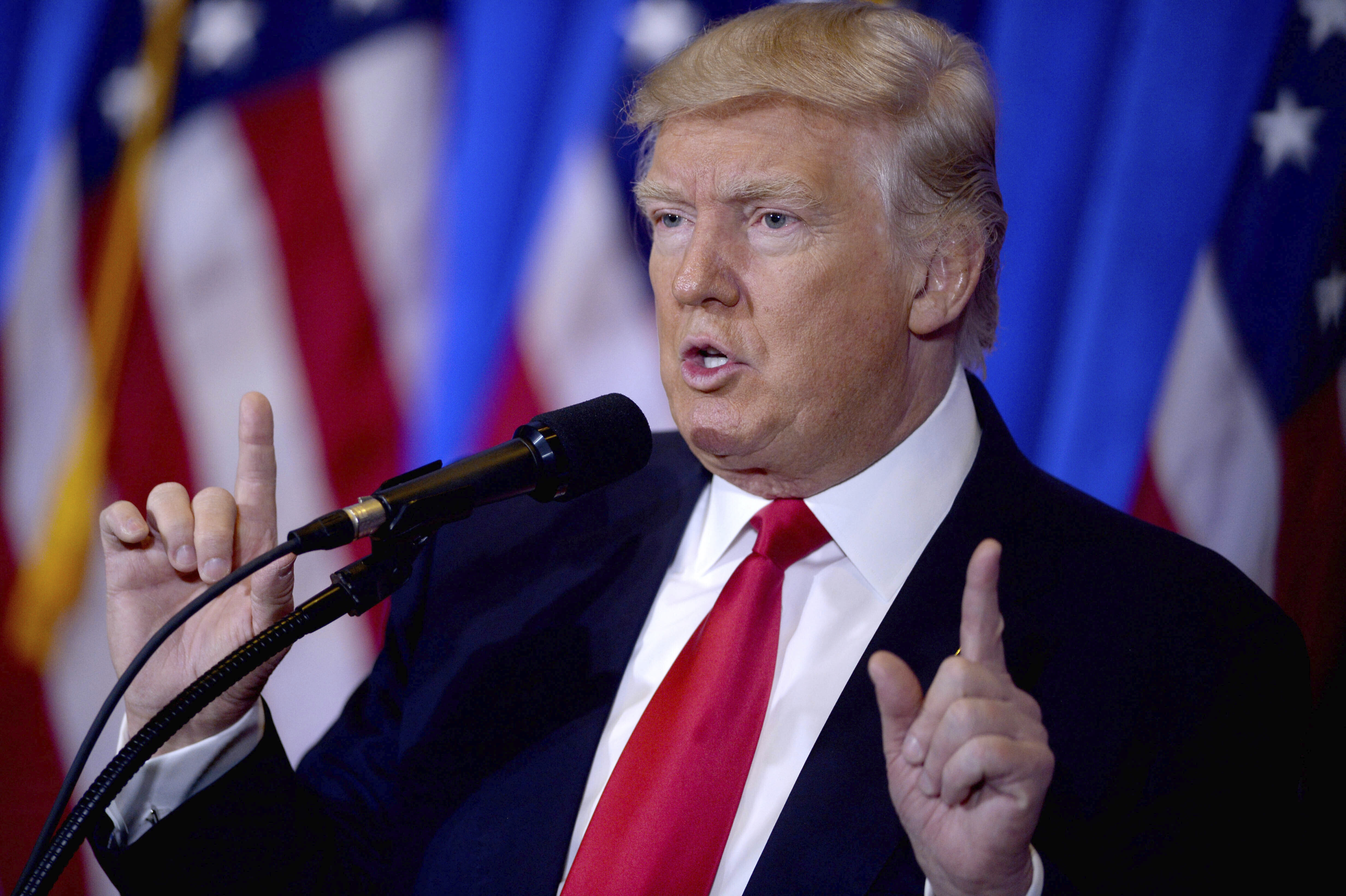Trump’s rollbacks could add half an EU’s worth of climate pollution by 2035

US President Donald Trump has successfully moved the nation backwards on climate change, even as the world grapples with increasingly devastating fires, heat waves and droughts.
His rollbacks of major environmental policies, should they survive legal challenges and subsequent administrations, could pump the equivalent of 1.8 billion additional metric tons of carbon dioxide into the atmosphere by 2035, according to a new Rhodium Group analysis. That’s a little more than Russia’s total annual fossil-fuel emissions, or more than half the European Union’s in recent years.
Those increased greenhouse-gas emissions would come from the unraveling of regulations, mostly implemented under President Barack Obama, in several key areas:
- Efforts to roll back federal vehicle emissions standards and revoke California’s ability to set stricter rules could together add more than 1 billion tons of carbon dioxide over the next 15 years.
- The weakening of Environmental Protection Agency rules requiring oil and gas companies to prevent leaks of highly potent methane could contribute the equivalent of nearly 600 billion tons of carbon dioxide over that time.
- The easing of regulations covering hydrofluorocarbons, especially powerful greenhouse gases used in refrigeration and air conditioning, could add 165 tons.
- Finally, the EPA’s delayed enforcement of rules designed to reduce methane pollution from landfills could increase emissions by 46 million tons.
Those are just some of the major changes. The actual added climate pollution resulting from the Trump administration’s actions is almost certainly far larger.
After all, he and his appointees have reversed or defanged dozens of other environmental rules, practices, and international agreements during the last four years. That famously includes removing the US from the landmark Paris climate accords and replacing Obama’s Clean Power Plan, which limits emissions from coal and natural-gas plants.
Deep Dive
Climate change and energy
The problem with plug-in hybrids? Their drivers.
Plug-in hybrids are often sold as a transition to EVs, but new data from Europe shows we’re still underestimating the emissions they produce.
Harvard has halted its long-planned atmospheric geoengineering experiment
The decision follows years of controversy and the departure of one of the program’s key researchers.
Why hydrogen is losing the race to power cleaner cars
Batteries are dominating zero-emissions vehicles, and the fuel has better uses elsewhere.
Decarbonizing production of energy is a quick win
Clean technologies, including carbon management platforms, enable the global energy industry to play a crucial role in the transition to net zero.
Stay connected
Get the latest updates from
MIT Technology Review
Discover special offers, top stories, upcoming events, and more.